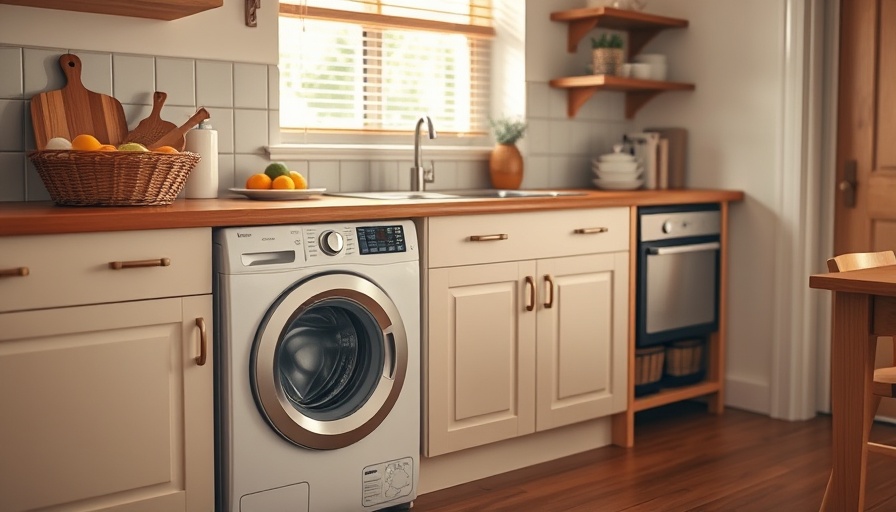
Why Washing Machines in Kitchens Are a European Norm
If you've had the chance to experience a British home or watch shows set in the UK, you might have been surprised to see washing machines often tucked neatly into kitchens. Unlike the spacious laundry rooms many Americans are accustomed to, these arrangements reflect unique spatial and cultural dynamics common in Europe.
Limited Space and Older Infrastructure
The primary reason for this kitchen-centric approach lies in the size and age of many UK homes. With older terraced houses and semi-detached structures lacking basements, laundry rooms simply don’t exist in many homes. The kitchen is usually the most practical place for a washing machine, already equipped with plumbing and electricity to support various appliances.
Historically, when washing machines started to be used widely in the mid-20th century, most UK homes were not designed with the infrastructure needed for versatile water access points in bathrooms due to strict safety regulations concerning electricity near water. Consequently, kitchens became the go-to space, blurring the lines between cooking and cleaning tasks.
Traditional Layouts and Kitchen Design
In modern homes, UK kitchen designs often integrate under-counter spaces for washing machines, similar to a dishwasher's placement. This adherence to traditional layouts enables developers to maximize both space and cost-efficiency, as building codes do not necessitate separate laundry areas. For many homeowners, maintaining open living spaces takes precedence over creating dedicated laundry facilities, leading to the widespread phenomenon of washing machine kitchens.
Environmental Consciousness and Drying Habits
Another noteworthy aspect is the different approaches to drying clothes across Europe. While Americans tend to rely on tumble dryers, many European households prefer sustainable drying methods such as clotheslines or drying racks. This cultural practice, especially prominent during warmer seasons, not only reduces energy consumption but aligns with broader environmental initiatives aimed at decreasing carbon footprints.
This mindset decreases the need for expansive laundry rooms filled with multiple appliances since smaller washer-only units or combination washer-dryers are increasingly favored, promoting compact living solutions. In areas where living space is at a premium, these design choices resonate with contemporary trends toward sustainability and moderation.
Understanding Cultural Differences in Home Design
In sum, the placement of washing machines in kitchens within UK homes reflects a blend of historical, spatial, and environmental factors. It underscores how tradition and modern practices can intersect in unique ways, showcasing cultural attitudes towards home design and sustainability.
Next time you see a washing machine in the kitchen, remember it’s not just about convenience; it’s a manifestation of cultural evolution in living spaces. Embrace the diversity of home design and consider how connecting our daily routines with sustainable practices can lead us toward a more harmonious way of living.
 Add Row
Add Row  Add Element
Add Element 


 Add Row
Add Row  Add
Add 

Write A Comment